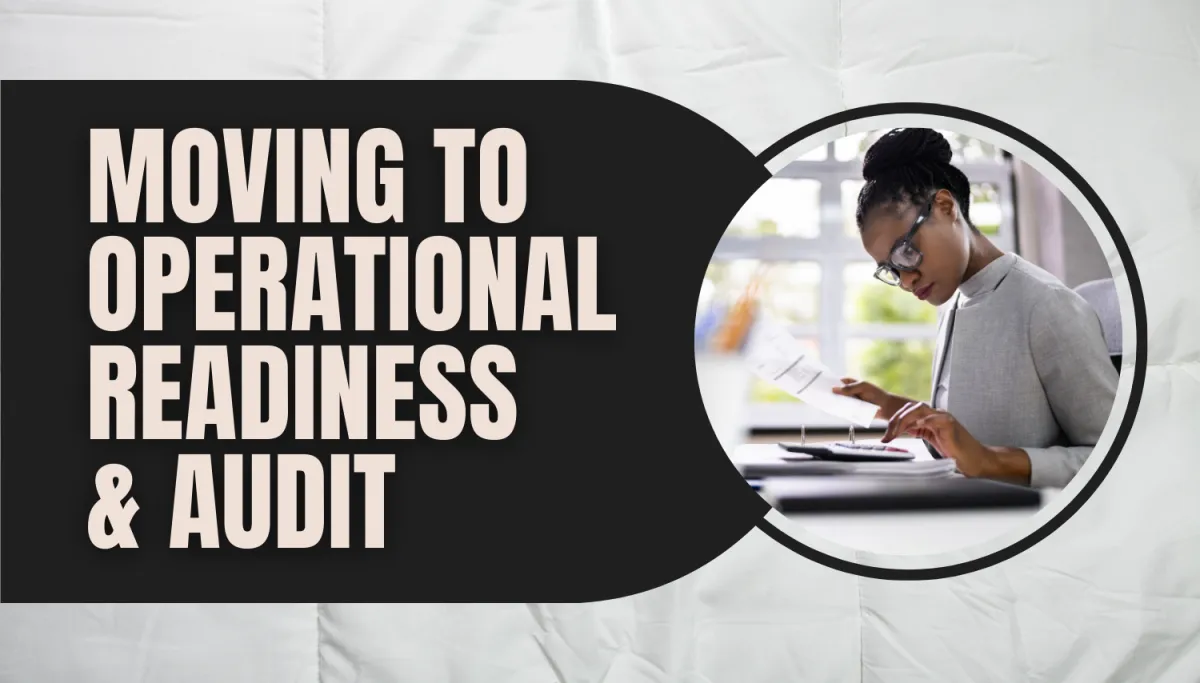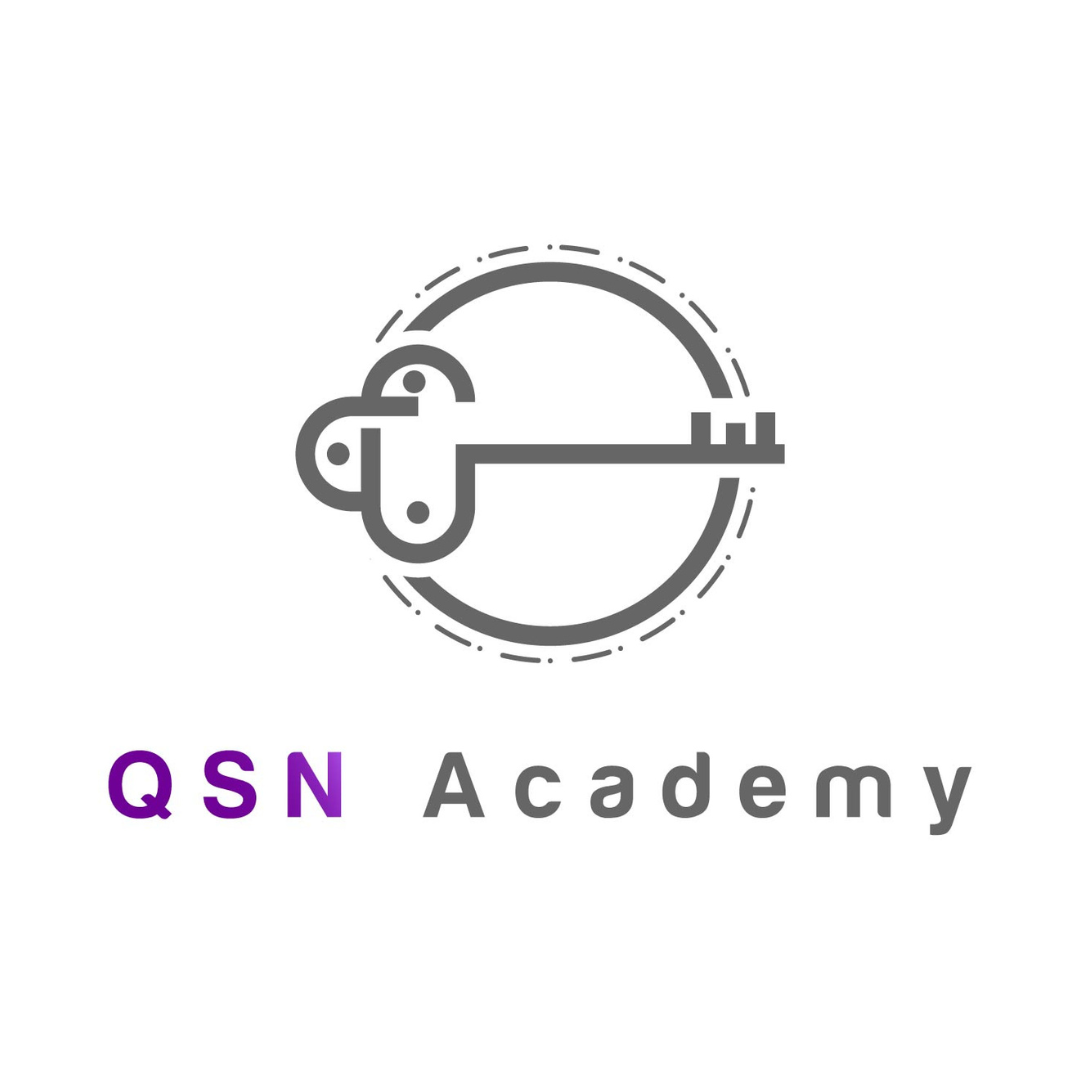
Moving to Operational Readiness and Audit
Why Operational Readiness Matters in GMP Environments
In GMP-regulated industries, the period before a regulatory audit can be one of the most stressful times for a site. While audits themselves are high-stakes events, the real success factor lies in how well your organisation has embedded operational readiness into daily work—long before the auditors arrive.
Operational readiness is about having people, processes, and records consistently aligned with both regulatory requirements and your internal standards. It’s not a “crash course” you start a few weeks before an inspection—it’s an ongoing state of preparedness.
When operational readiness is built into everyday practice, audits become less about “getting ready” and more about showing what you already do well.
From Training to Operational Readiness
Training is only one part of the equation. In previous articles in this series, we explored aligning training with SOPs, using site-specific workflows, and creating role-based modules. The next step is ensuring that the knowledge gained is:
Applied consistently in daily tasks
Documented in a way that stands up to audit scrutiny
Supported by a culture of accountability and continuous improvement
Without this application, training remains theory—operational readiness turns it into practice.
Key Pillars of Operational Readiness
Document Control and Record Accuracy
Ensure SOPs are up to date, accessible, and in active use.
Train staff on correct documentation practices: legible, contemporaneous, and complete.
Audit your own records regularly—don’t wait for regulators to find inconsistencies.
Demonstrated Competence
Go beyond “trained” to “competent.”
Maintain competency assessments and refreshers, especially for high-risk processes.
Ensure supervisors can verify and sign off on practical skills, not just theoretical knowledge.
Process Adherence
Verify that the way work is done matches the way it is written in SOPs.
Watch for “workarounds” that have crept in—these are red flags for auditors.
Encourage a speak-up culture so staff can report process gaps without fear.
Internal Audit and Self-Inspection
Treat internal audits like real inspections.
Include unannounced spot checks to see the true operational state.
Use findings to strengthen processes, not just “fix for the audit.”
Cross-Functional Coordination
Audits often pull records and people from multiple departments at once.
Practice cross-department mock audits to ensure everyone understands their role in an inspection.
Share lessons learned from previous audits site-wide.
Preparing for the Audit
Even with ongoing readiness, a scheduled audit still requires focused preparation. Key steps include:
Audit Scope Review – Understand what the auditor will focus on: product lines, processes, or specific regulations.
Record Verification – Double-check critical records for completeness and accuracy.
Physical Walkthrough – Inspect production areas, warehouses, and labs for GMP compliance and housekeeping.
Staff Briefing – Remind staff of what to expect, how to answer questions clearly and truthfully, and where to find relevant SOPs.
Remember: auditors will often ask operators on the floor about their work—training them to confidently explain their processes in GMP terms is just as important as having the records in order.
Common Pitfalls That Undermine Readiness
Relying on last-minute fixes – Trying to “clean up” in the days before an audit often exposes gaps rather than hiding them.
Inconsistent application of SOPs – Even minor deviations between departments can trigger deeper investigation.
Poor change control records – Missing or incomplete change documentation is a common finding.
Knowledge silos – If only one person can explain a process, your audit risk increases.
Linking Training to Readiness
This is where earlier steps in the training program pay off:
Site-specific workflows ensure that the way staff are trained matches actual operational practices.
Role-based modules mean that every employee can confidently explain their tasks and their relevance to GMP.
Competency sign-off gives tangible proof to auditors that your people are not only trained but verified as capable.
When training is tied directly to operational readiness, your audit preparation becomes an exercise in showing proof, not scrambling to create it.
The QSN Academy Approach to Audit Readiness
We help sites move from reactive to proactive by:
Building a continuous readiness framework that integrates into daily work.
Designing mock audit scenarios tailored to your operations.
Mapping training records and competencies directly to the processes auditors will review.
Coaching staff on effective audit communication.
This approach means that when audit day arrives, there are no surprises—your site is simply showing regulators what it does every day.
Talk to QSN Academy about Your Readiness
Operational readiness is the bridge between training and audit success. By embedding compliance into daily operations, you eliminate the stress of “getting ready” and focus instead on demonstrating excellence.
When you can show regulators that your workforce is trained, competent, and consistently following documented processes, audits shift from being high-risk events to opportunities to showcase your quality culture.
QSN Academy’s readiness programs help organisations not just pass audits, but excel in them—by making compliance a natural outcome of daily operations.
GMP Site Operational Readiness Checklist
Use this checklist to assess your current state of readiness before an audit. It’s designed to highlight gaps that could become findings and to encourage continuous improvement.
1. Documentation & Records
All SOPs are current, approved, and accessible.
Controlled documents match actual practice on the floor.
Batch records are complete, legible, and contemporaneous.
Change control records are complete and traceable.
Deviations, CAPAs, and investigations are closed or on track with documented justifications.
2. Training & Competence
All staff have completed role-specific training.
Competency assessments are documented and up to date.
Staff can explain their tasks in GMP terms.
Refresher training has been provided for high-risk processes.
3. Process Adherence
Observed work practices match documented SOPs.
No unauthorised “workarounds” are in use.
Calibration and maintenance activities are performed on schedule and recorded.
Critical processes have been validated and are monitored.
4. Internal Audit & Self-Inspection
Regular internal audits are scheduled and documented.
Findings from internal audits have been addressed and closed.
Spot checks have been conducted without notice.
Lessons learned from audits are shared site-wide.
5. Facilities & Equipment
Production and storage areas meet GMP housekeeping standards.
Equipment logs are complete and current.
Environmental monitoring is up to date with no unexplained excursions.
Access to restricted areas is controlled and documented.
6. Audit Day Preparedness
Staff know what to expect during an audit and how to respond to questions.
Key records are identified and easy to retrieve.
A dedicated audit room and support team are ready.
Previous audit findings have been fully addressed and verified.
